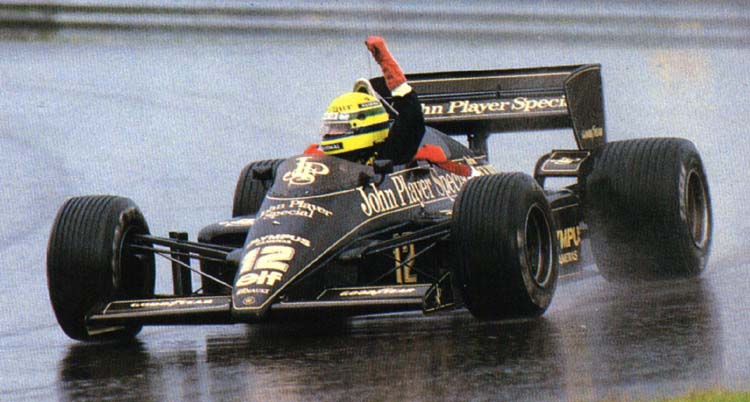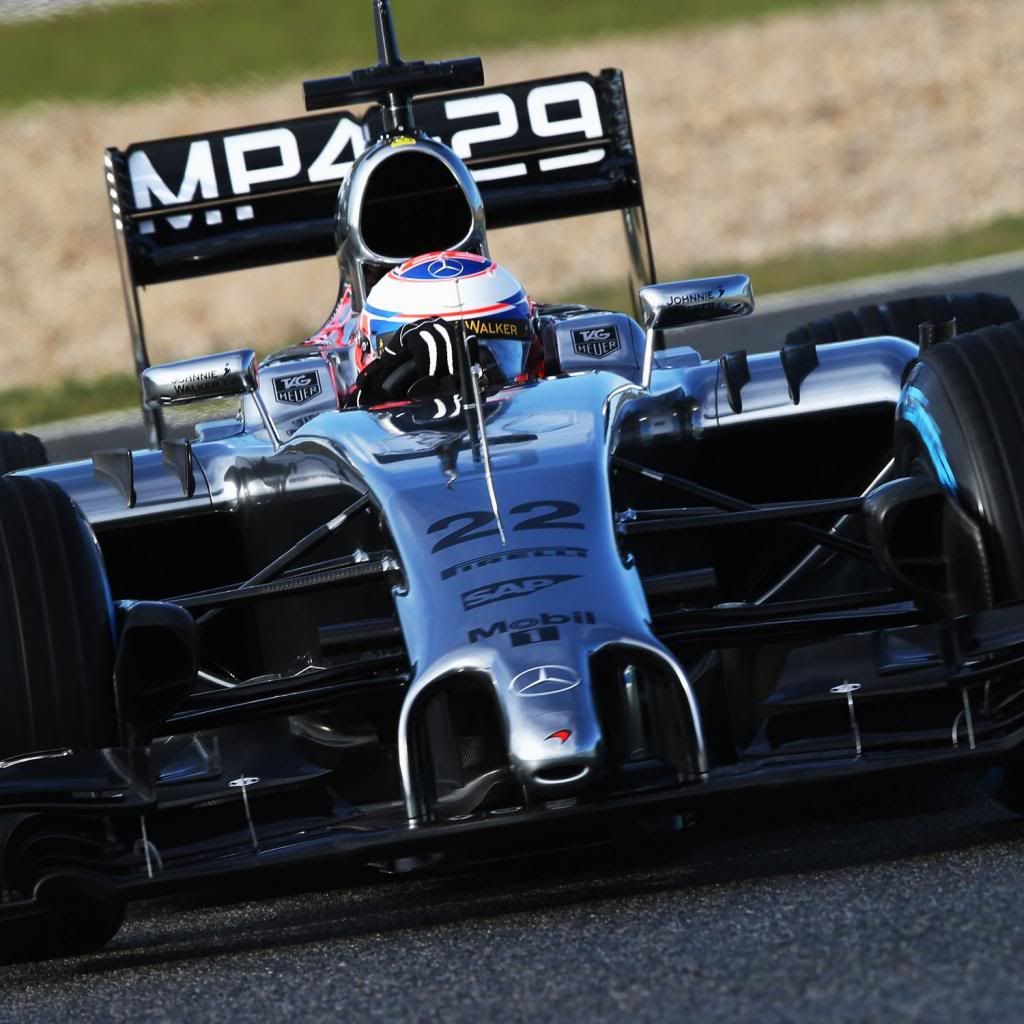
If you look at the orange lines based on the angle of the vanes on the right hand side, you'd expect to see them through the cut outs in the end plates, as I've sketched.
By the way, thanks for the help in uploading the images. Cheers.

From the rear of the car, the strakes are moving from the outside to the inside of the diffuser, meaning that they would be MORE visible from that angle in your zoomed / enhanced shot, not less visible.myurr wrote:@gibells - that would be the case if the strakes were straight and aligned with the centre access of the car. They are not though, they are heavily curved as can be seen in the top image. It is this curvature that means that they are hidden behind their own thickness in that first picture. It was just an unfortunately angled photo that again produced an optical illusion.
This is the main problem in trying to examine curved and complex 3d surfaces in single 2d pictures. Your eyes and intuition can deceive you, the very basis via which optical illusions exist.

+1 =D> =D>myurr wrote:This is the main problem in trying to examine curved and complex 3d surfaces in single 2d pictures. Your eyes and intuition can deceive you, the very basis via which optical illusions exist.

I don't think they are bothered in where they stand in the timesheets for testing. I don't think they have Red Bull's pace or that of Ferrari either, but they aren't down with the midfield teams.N12ck wrote:So going off the recent test with mclaren sitting down at the bottom of the time sheets, do we guess they are sandbagging or are they seriously off the pace?

Yes, by isolation I mean the focus on that one part's influence on the platform of the car. Adding or lessing a wing angle or changing ride height,rake etc..throws a wrench into the resulting data...raymondu999 wrote:You mean like a scientific fair test, rather than testing a part in isolation, surely? So same car, just change that one part, and test?

